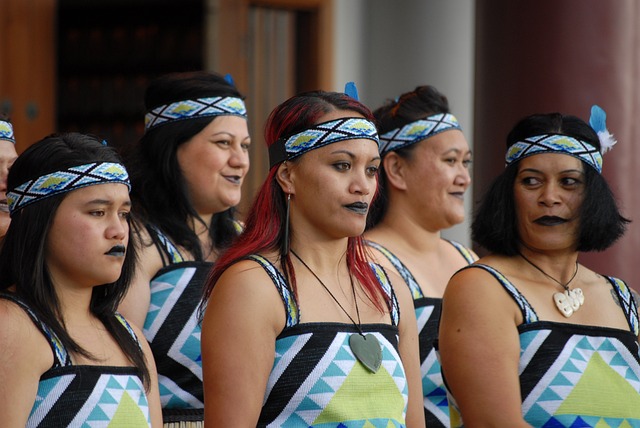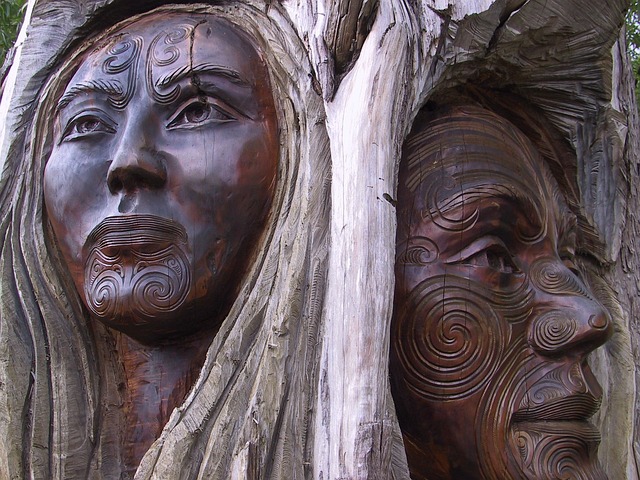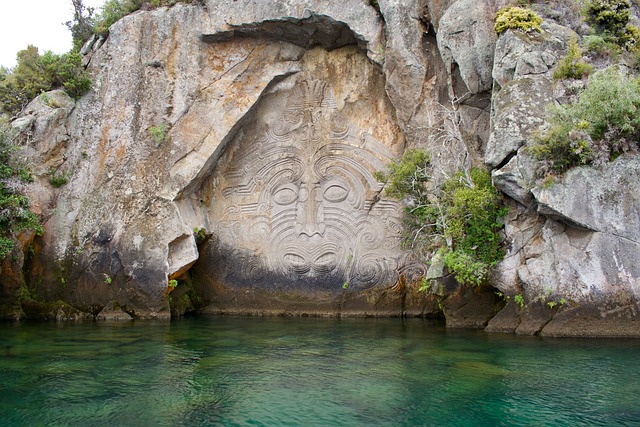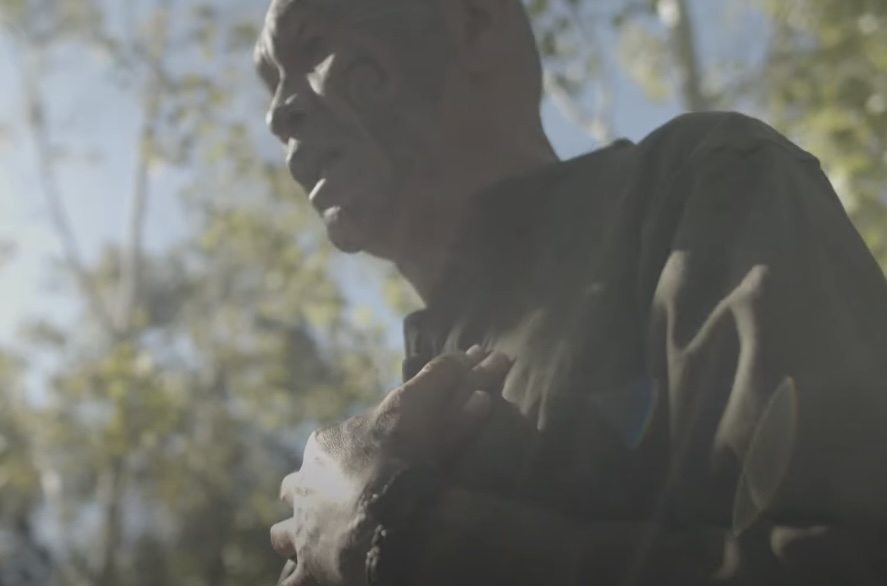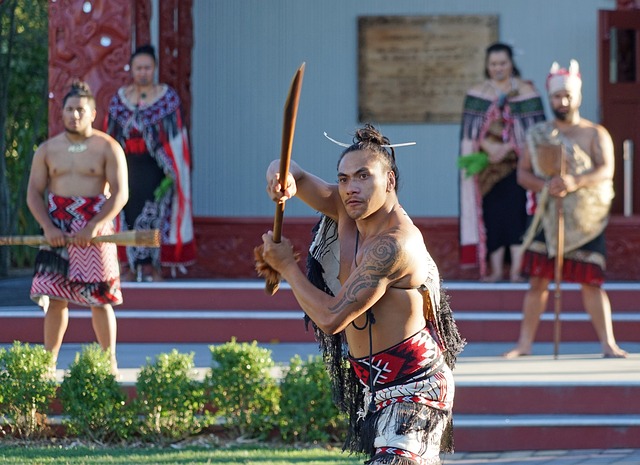Rapaki – Part Two
A nonchalant stroll from the car to the bus at the Whakatu depot: a cheery good morning from the bus driver, nothing else. At the port, a similar response. Perhaps the port staff were just being polite. A bold move out into the open and away from between the buses: a few curious stares but that is often the case when visitors are struck by my striking native looks.
It was a little disappointing though. The fashion statement barely rippled the surface. It all came crashing down when my bus was loaded and we prepared to depart the port. I finished my introduction spiel and was about to take my seat.
“Excuse me”, said a gentleman in the second-row seat. “Could you tell me why you are wearing a skirt”?
“I am not a cross-dresser you know,” I said, struggling to keep the indignation out of my voice. “This is a traditional garment. It is a rapaki.”
We arrived on site at Hakikino. The reception here was very different. I had hoped that Ike’s arrival on site before we arrived might have prepared the way for our staff. He was dressed in his rapaki. No such luck. The wide-eyed looks and concealed grins did not go unnoticed.
By the end of that tour, I was much more comfortable in my rapaki, comfortable enough that is, to make it a permanent feature of all future cruise ship tours. That is as far as I wanted to go with it at this stage.
Wearing a rapaki does its challenges such as having staff make urgent gestures to you from behind visitors, that is when one is seated in front of the visitors. Manly sitting is not recommended: tuck the crossover between your legs or sit like a lady. I was not like my Scottish forbears you know; I did have a tarau on.
However, on one particularly hot day at Hakikino. I did do the Scottish thing. Oh my gosh: the freedom and the circulating cool breezes was indescribable. But, you can take things just a little too far.
We were invited to an exhibition opening at the MTG in Napier. By then we were feeling brave enough to take things a little further and appear in public. The opening of the exhibition took place in the foyer of the gallery. It was very hot in there and I was quietly applauding my decision to go ‘scottish’. That is until I went to stand up for the handshaking. There is nothing elegant about having to unstick clothing when in front of a whole host of people.
It reminded me of a story told by my mother.
She spoke of how she would play with the other kids at the marae. On this day they were having a tribal court sitting and the elders were inside dealing with local issues. The children were not allowed in but they sat under the window and strained to hear what was going on inside. She remembers that ‘Marge’ was the closest to the top and he relayed to the others what they were saying
“Reko is talking,” whispered Marge.
“What is she saying”?
“She said that Mere and the others were rude,” said Marge. “She wants an apology.”
“What did they say?”
“Reko said that when she got up and went to walk away the other woman laughed because Mere said that Reko’s bum was hungry, it was eating her dress”
Since that time, I have finished a tour and gone to pay my respects to my cousin Phillipa lying at Omahu marae. I had to go in my rapaki. I have worn it at our own marae in Waimarama where we were likened to the Fijian police.
I appeared at the Treaty of Waitangi Select Committee hearings held in Havelock North all rapaki-ed up. I had allowed plenty of time to finish my tour and get changed before my scheduled speaking time. I had not taken in to account that it was Art Deco weekend and I arrived at the hearings with only minutes to spare; no opportunity to change. I call this the ultimate reveal, that is, the rapaki’s ultimate coming out of the closet before the movers and shakers of Ngati Kahungunu.
I am well accustomed to wearing rapaki. It is a comfortable all-purpose garment. On a recent trip to Auckland, I noted that it was being worn by Maori there as well. I have plenty of inspiration for new designs.
My biggest problem now is figuring out how to have a mimi standing up while dropping a tarau holding up a rapaki and aiming in the right direction. I am a hand short.
